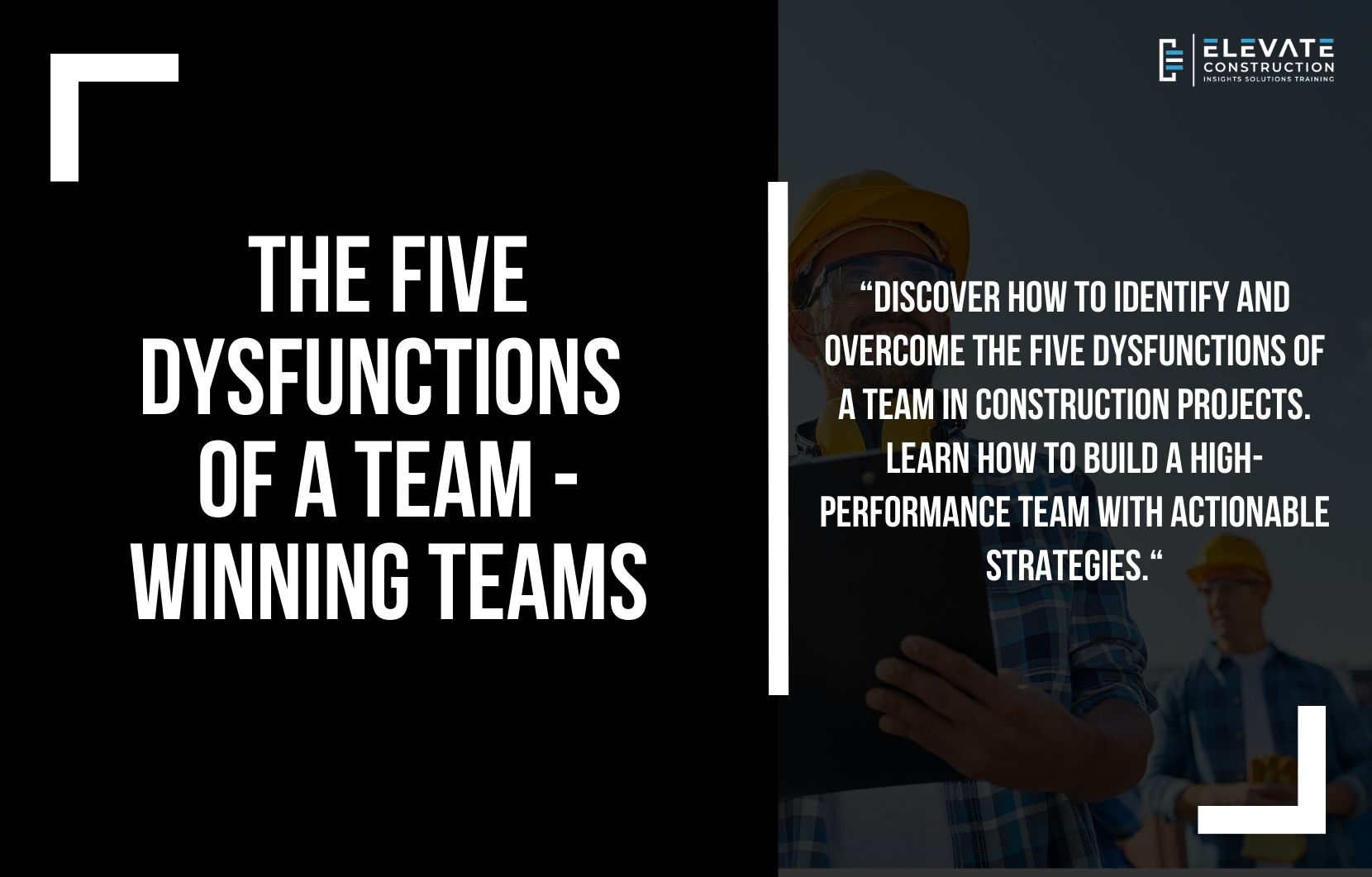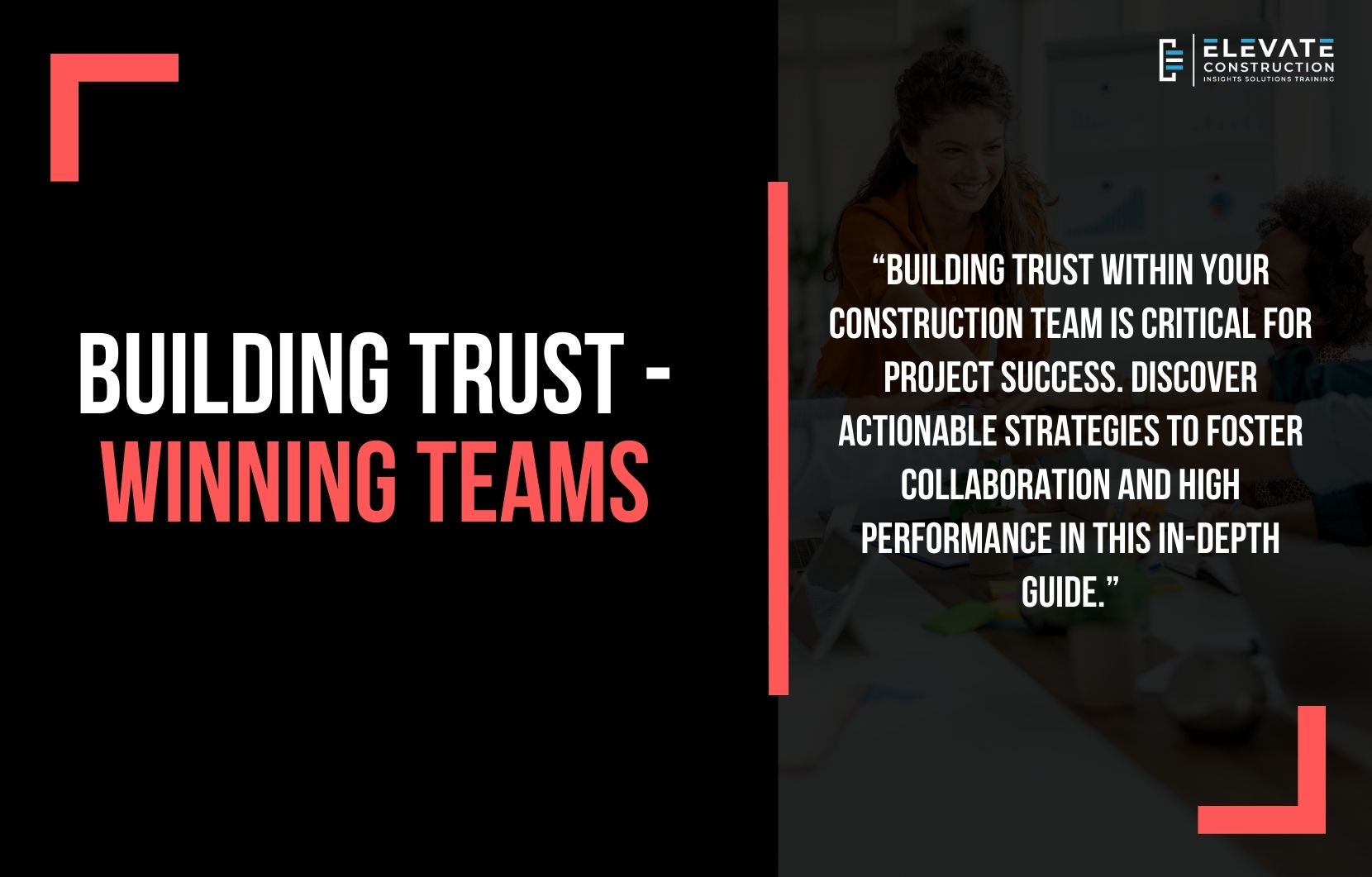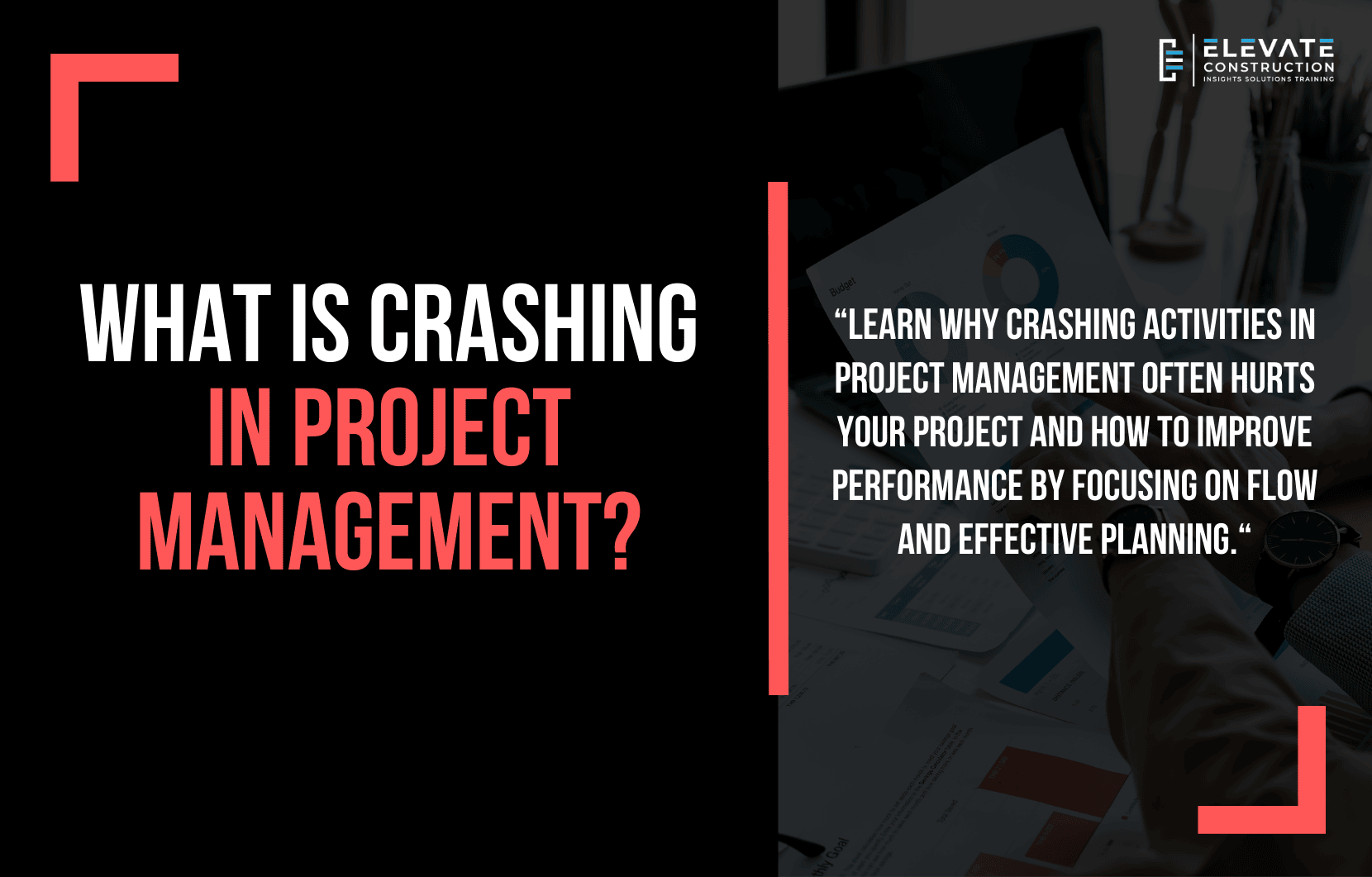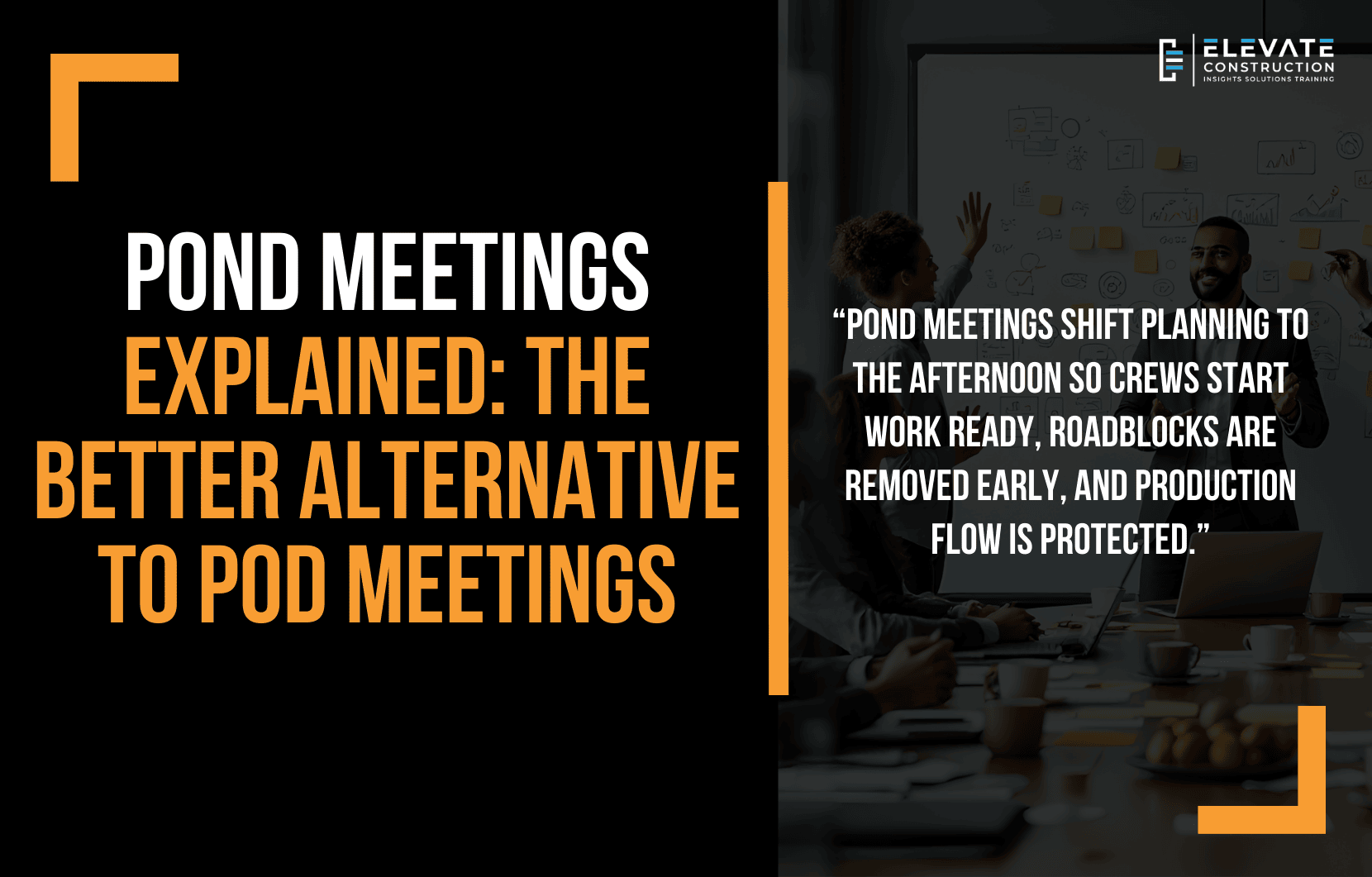A Path to Building High-Performance Construction Teams
In the high-pressure world of construction, team dynamics can make or break a project. Every project has its challenges tight deadlines, complex designs, safety requirements, and the constant push to keep things moving forward. But here’s the truth: none of these challenges can be overcome without a healthy, functional team. A dysfunctional team, on the other hand, can quickly derail even the best-planned projects.
In today’s blog, we’ll explore the five dysfunctions of a team, a framework introduced by Patrick Lencioni that highlights the common obstacles teams face. The key to success in construction, or any industry, is understanding these dysfunctions and learning how to address them head-on. With the right approach, we can transform a dysfunctional team into a high-performing one empowered, efficient, and capable of delivering great results.
Team Dysfunction and Project Delays
If you’ve ever been part of a project where the team just wasn’t clicking, you know how painful it can be. Maybe communication was poor, trust was lacking, or team members just weren’t working together toward the same goal. These dysfunctions create a toxic environment that can lead to project delays, mistakes, and missed deadlines. The pain of dysfunction is evident on the job site when issues pile up and the project just doesn’t seem to be moving forward, no matter how hard everyone works.
In construction, the effects of team dysfunction can be even more pronounced. The constant pressure to perform, compounded by poor collaboration and lack of trust, can lead to significant setbacks. But understanding the root cause of these issues whether it’s trust, accountability, or communication gives us the power to turn things around and build stronger teams that can tackle challenges head-on.
The Five Dysfunctions
The failure pattern that leads to poor team performance is often deeply rooted in five key dysfunctions, as outlined in Patrick Lencioni’s model. These dysfunctions are common, and they show up on nearly every team in some form. Here they are:
- Absence of Trust: Without trust, team members hesitate to be vulnerable with one another, which leads to guarded communication and a lack of collaboration.
- Fear of Conflict: Teams that don’t trust each other avoid healthy debates, which leads to unresolved issues and poor decision-making.
- Lack of Commitment: When there’s no open discussion or buy-in, team members are less likely to commit to decisions, leading to confusion and lack of direction.
- Avoidance of Accountability: Without commitment, it becomes difficult to hold each other accountable for actions and performance, which lowers standards.
- Inattention to Results: When individuals put their own needs or personal success ahead of the team’s goals, the overall results suffer.
Each of these dysfunctions can have a devastating impact on your project’s success, but the good news is that they can be addressed. Let’s dive into how to recognize and overcome these dysfunctions in your construction teams.
Understanding the Struggles of Team Dysfunction
I’ve been there on teams where dysfunction ran rampant. It’s easy to look at the issues and blame individuals, but that’s not the answer. It’s important to understand that dysfunction is often a product of the system, not the people. Team members want to succeed, but when trust is lacking, when conflict is avoided, and when there’s no clear accountability, it’s easy for frustration to set in.
As leaders, it’s our job to recognize these signs and take proactive steps to address them. When we can create a team culture based on trust, accountability, and open communication, we’re not just fixing problems we’re empowering our people to perform at their best.
Turning Around a Dysfunctional Team
A few years ago, I was working on a large project where the team was struggling with collaboration. There were constant miscommunications, and the project was consistently behind schedule. The root cause? Dysfunction. Trust was non-existent, people were avoiding difficult conversations, and no one was holding each other accountable.
But instead of letting the project spiral, we decided to make some changes. We started with trust-building exercises and made sure everyone on the team understood that vulnerability was a strength, not a weakness. We encouraged open dialogue and healthy conflict, creating a space where everyone felt heard. And most importantly, we made sure there were clear expectations, commitments, and accountability at every level.
Slowly, the team began to transform. People were more engaged, communication improved, and most importantly, the project started moving forward at a faster pace. It wasn’t an overnight fix, but it was a start. And by addressing these dysfunctions, we were able to achieve remarkable results in the long run.
Why Team Health is Non-Negotiable
The emotional insight here is simple: team health is the foundation of project success. Without trust, commitment, and accountability, you’re working in a dysfunctional system that’s set up for failure. The most successful teams are the ones that focus not just on technical skills but on creating a culture of mutual respect, collaboration, and support.
When we invest in team health, we’re investing in the success of the project. A team that trusts each other, holds each other accountable, and is willing to engage in healthy conflict will perform at a much higher level than one that is fragmented, disengaged, and defensive. That’s the power of a healthy team when every person is aligned and committed, results speak for themselves.
Overcoming the Five Dysfunctions
Now that we’ve covered the pain points and the emotional insight, let’s dive into the framework for overcoming these dysfunctions. Here’s how you can tackle each one:
- Absence of Trust: Build trust by encouraging vulnerability. Team members need to feel safe enough to open up about their weaknesses, mistakes, and challenges. Start by sharing your own experiences and showing your team that it’s okay to not have all the answers.
- Fear of Conflict: Encourage healthy debate. Don’t shy away from difficult conversations embrace them. Set ground rules for respectful conflict, and ensure that everyone has a voice in decision-making processes. Healthy conflict leads to better solutions.
- Lack of Commitment: Ensure everyone has a seat at the table and is heard. After open discussions, make sure there’s clarity on decisions and everyone commits to them. This commitment is essential for moving forward with a unified goal.
- Avoidance of Accountability: Hold team members accountable by setting clear expectations and following up regularly. Accountability isn’t about punishment it’s about ensuring everyone is aligned and meeting the standards set for the project.
- Inattention to Results: Create a culture where results matter. Make sure everyone understands how their contributions fit into the bigger picture and how they’re helping the team succeed. Celebrate wins, both big and small, and make sure everyone knows their role in achieving the team’s goals.
Implementing Change on Your Project
If your project needs superintendent coaching, project support, or leadership development, Elevate Construction can help your field teams stabilize, schedule, and flow. But the first step in overcoming these dysfunctions is to start implementing change systematically. Begin by addressing one dysfunction at a time. Use the framework we discussed build trust, encourage conflict, clarify commitments, hold people accountable, and focus on results.
Start with small steps, like holding a team meeting where everyone shares what’s working and what isn’t. Create a culture where feedback is welcomed and taken seriously. Once you start seeing the improvements, gradually expand these practices to all levels of the project. Remember, change doesn’t happen overnight, but with consistency and focus, you can turn your team around.
Connect to Elevate Construction’s Mission
At Elevate Construction, our mission is to help teams overcome dysfunctions and become high-performing units. We believe that organizational health is the key to success on every project. By focusing on trust, accountability, and clear communication, we help our clients build stronger teams and more successful projects.
A Challenge for You
Team dysfunction is a challenge, but it’s also an opportunity. If you’re struggling with a dysfunctional team, don’t let that hold you back. As Jason Schroeder always says, “A healthy team leads to a successful project.” Start implementing the five dysfunctions framework today, and you’ll see how quickly your team can turn things around.
FAQ
What are the five dysfunctions of a team?
The five dysfunctions are: absence of trust, fear of conflict, lack of commitment, avoidance of accountability, and inattention to results. These are the common barriers to team performance.
How can I improve team trust on my project?
Start by fostering open communication and vulnerability. Encourage team members to share their mistakes and challenges, and lead by example by being open about your own experiences.
Why is accountability important for a high-performing team?
Accountability ensures that everyone is meeting expectations and contributing to the team’s success. Without accountability, standards slip, and the team’s progress is hindered.
If you want to learn more we have:
-Takt Virtual Training: (Click here)
-Check out our Youtube channel for more info: (Click here)
-Listen to the Elevate Construction podcast: (Click here)
-Check out our training programs and certifications: (Click here)
-The Takt Book: (Click here)
Discover Jason’s Expertise:
Meet Jason Schroeder, the driving force behind Elevate Construction IST. As the company’s owner and principal consultant, he’s dedicated to taking construction to new heights. With a wealth of industry experience, he’s crafted the Field Engineer Boot Camp and Superintendent Boot Camp – intensive training programs engineered to cultivate top-tier leaders capable of steering their teams towards success. Jason’s vision? To expand his training initiatives across the nation, empowering construction firms to soar to unprecedented levels of excellence.
On we go









